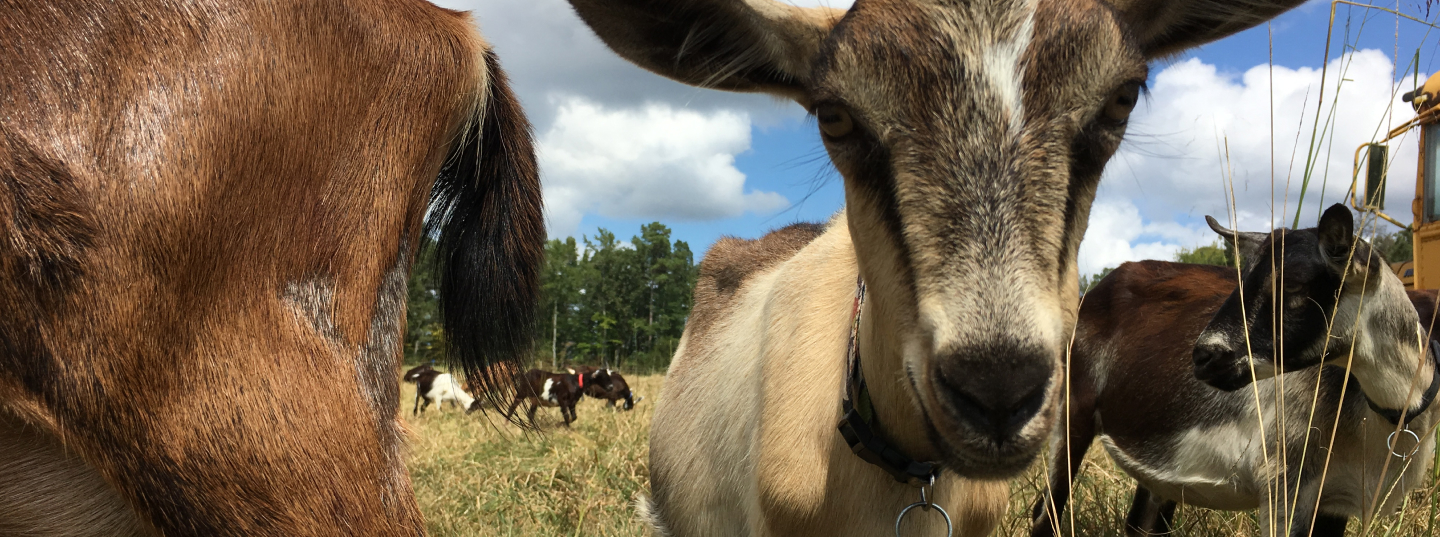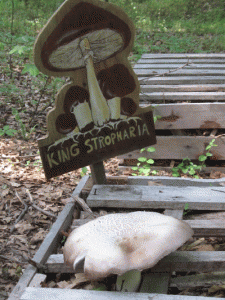by Tradd Cotter, Mushroom Mountain
Cultivating mushrooms is easier than you think. Soon it will be thought of as planting seeds like tomatoes, peas, and other vegetables. Instead of planting in soil you are just planting in other organic vegetable or tree debris such as hardwood chips, dried vegetable waste, or any other type of dried shrub, vine, or field crop. So why are you waiting when mushrooms are full of protein, vitamin D, selenium, and many other wonderful nutritional and immune stimulating properties? Every homeowner, small grower and business generates plenty of debris that is suitable for mushroom production.
The Basics About Planting and Fruiting Mushrooms
Mushrooms are much different than plants—they lack chlorophyll but synthesize light and divide in masses of cells called “mycelium.” This network of cells is much like a bread starter culture, either purchased or created in a lab as spawn. It is then used to “inoculate,” or reseed, into the next batch of organic matter with enough nutrition to support the mycelium.
For a while, providing enough nutrition to the mycelium is like feeding a pet to keep it alive. Your role is to give them enough food, fattening them up by feeding them on organic matter. But then, you actually have to starve them because mushrooms only fruit when they run out of a food source. It is as if you are charging a biological battery and then flipping a switch by starving them. This triggers what is called a fruiting cycle or a “flush,” which is a repetitive production cycle of mushrooms. That is exactly what it will be for a while as the mycelium consume organic matter. It is predictable—if you plant a few mushrooms every week, you are guaranteed mushrooms every week.
So you may be asking yourself, “How can I get started with no experience?” Have no fear! Follow my foolproof wood chip cultivation techniques that will help you cultivate mushrooms in your backyard.
Wood Chip Cultivation
Winter is the perfect season to begin mushroom inoculation. Wood chips and dried plant debris are everywhere, so the idea of using so much for ornamental purposes or temporary weed suppression is not taking full advantage of the material and the collaboration between fungi and bacteria. Understand that the woody debris can be colonized to produce a layer of rich, organic material and ultimately worm castings. I would encourage planting mushrooms between vegetable rows or around fruit trees in your garden.
First, we need to get the mycelium to feed on what it wants the most—wood chips, which can be acquired at a local sawmill or from an arborist. Each mushroom is different, so before starting a project ask your spawn supplier what medium is suitable for the wood type, such as hardwoods or conifer. For example, fresh hardwood wood chips are generally recommended for King Stropharia (Stropharia rugoso-annulata). The wood and debris also have to be fresh—meaning within a few weeks of having been cut—since other fungi are competing for the prime real estate of organic matter. Now follow these simple steps:
1. Lay down a layer of cardboard and wet thoroughly.
2. Sprinkle spawn sparingly over the surface of the cardboard and add a layer of wet chips to a depth of 3 inches. Then mix spawn into the chips sparingly, enough so you can at least see some every inch or so. Mixing more than this is a waste of the spawn.
3. Repeat with another layer of wet cardboard, spawn, and chips with spawn. Repeat until your bed is at least 8-10 inches deep.
4. Cover with a thin layer of leaves or straw. Water generously every week to establish the mycelium. Check once a week for a few weeks to make sure the mycelium is spreading by digging down in a few spots and then patching it back. If you notice good growth, leave it alone and water once a week until fruiting occurs 4-6 months later, generally during the summer to late fall. Cover with chicken wire if you have chickens or wild turkeys because they will destroy your bed.
The Harvest
Fresh mushrooms can be stored for weeks if picked when they are not so wet and placed in a container that breathes in the refrigerator. If they dry out a little, adding water to rehydrate them while cooking is easy enough. If you are not using the mushrooms for awhile, place them in a dehydrator or sun dry them and store in a tight jar or bag and they will last for years!
Tradd Cotter is the founder of Mushroom Mountain and has been studying mushroom cultivation for nearly 20 years.
> Learn more from Tradd’s forthcoming book, “Organic Mushroom Cultivation and Mycoredmediation for Everyone,” available from Chelsea Green Publishing in early 2013.
> For mushroom spawn or workshop offerings, visit mushroommountain.com.



